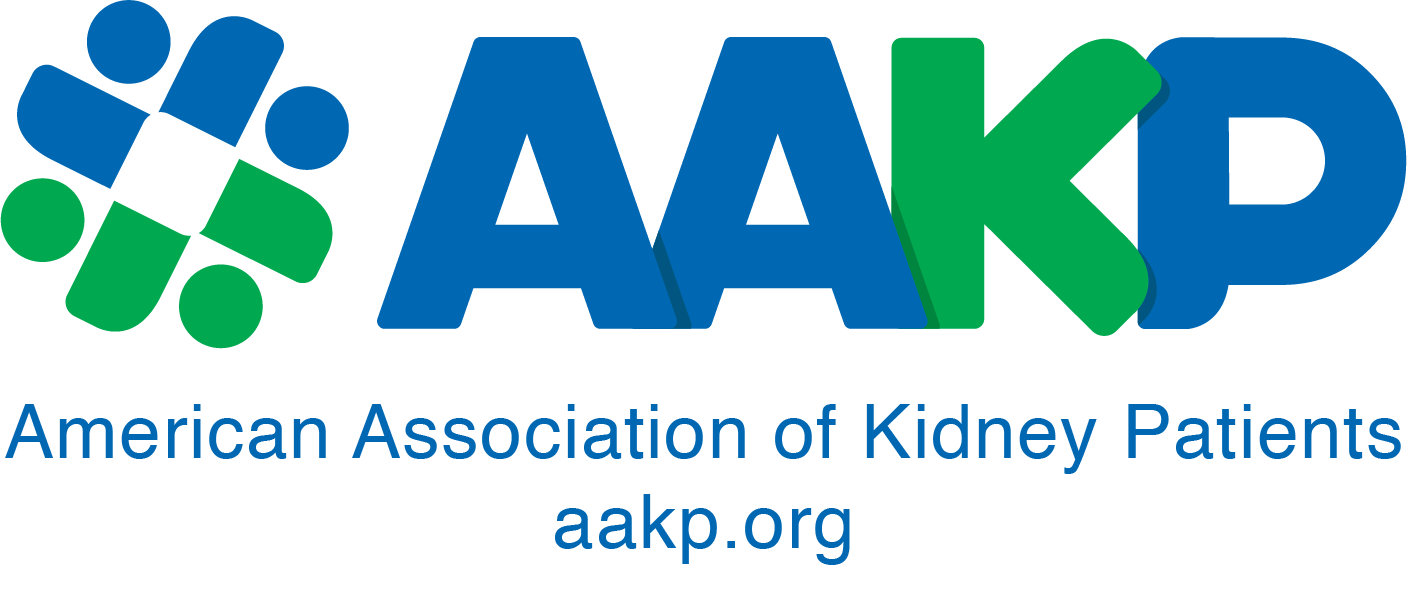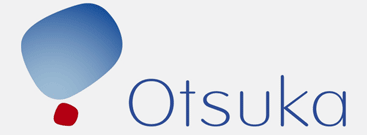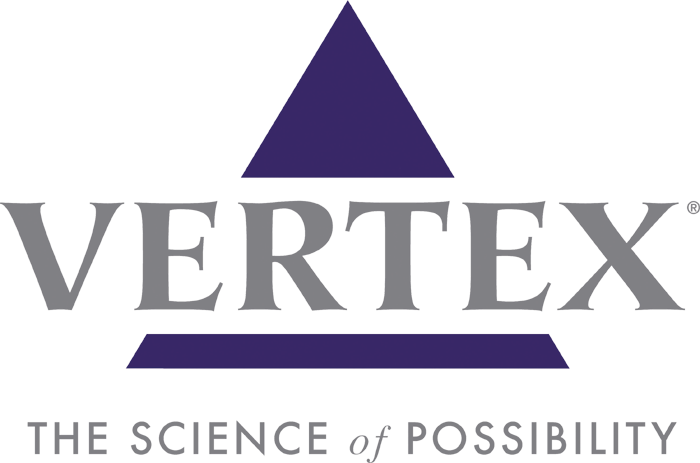Osprey’s mission is to improve outcomes in patients with Chronic Kidney Disease (CKD) by reducing contrast induced Acute Kidney Injury (AKI), and lowering hospital costs. Patients with AKI experience long term and costly side effects from this disease. The incidence of AKI also has a negative economic impact on the health care system and providers caring for these patients. Osprey Medical is committed to making angiography safer for patients suffering from CKD, improving clinical outcomes, and reducing economic impact.
Tell us about your first experience with kidney patients and what impressions that left on you as a person and as a professional.
The first experience I had with kidney patients was when my father-in-law had to have a heart procedure (angiography) because he was having shortness of breath. He knew he had Stage 3 Chronic Kidney Disease (CKD) and because I have been in the medical field, he wanted me to review the informed consent with him. When reviewing the consent with my father and mother in law it clearly stated that patients with CKD are at higher risk for complications due to the contrast media (dye) that is injected into your coronary arteries during the procedure. Of course, this is a difficult decision for any CKD patient in need of a coronary angiography procedure, they must weigh the benefits of this procedure with the risk of worsening kidney function as a result of dye used in the procedure. My father-in-law decided to go forward with the procedure and unfortunately, he suffered an Acute Kidney Injury (AKI) event following, his treatment. He was admitted to the hospital for 6 unplanned additional days. During this time his nephrologist and cardiologist were working to stabilize his kidney function. On the 3rd day he suffered a heart attack in the hospital, recovered and was placed on temporary dialysis to facilitate his ailing kidneys. After 6 days he was removed from temporary dialysis and released to go home. Three days later he was readmitted to the hospital for continuing poor kidney function and then placed on long term dialysis. Dialysis was life changing for him, forcing him to quit his job and I’ll never forget him telling me that he almost wished the heart attack had taken him because he felt that would have been better than his life on dialysis. That experience really motivated me to start looking for solutions to address the problem of contrast media (dye) causing problems specifically for patients with compromised kidneys and heart disease.
How does your technology minimize the risk of cardio patients experiencing Acute Kidney Injury?
Our product, the DyeVertTM System, reduces the amount of contrast media (dye) that they have to use in the heart procedure which obviously reduces the risk that a patient is going to have a negative reaction to the contrast media being delivered during the procedure.The DyeVert has a few key benefits for patients, the most important being the reduction of the amount of dye (contrast media) delivered during the coronary procedure. This is of particular benefit to patients with compromised kidney function. The other benefit of the DyeVert is that it provides the ability to monitor in real time how much of the dye is injected into the patient during the total procedure. When a physician plans their strategy for a procedure, they keep in mind how much dye can be given to each patient. The DyeVert monitor system keeps track of how much dye is delivered to the patient and continuously reports it back to the physician so they always know exactly how much has been delivered in relation to the total amount of contrast they planned to use during that procedure, for that specific patient. The benefit of using the DyeVert system to reduce contrast delivery to patients is considerable with clinical studies reporting up to a 40% reduction in the amount of contrast typically delivered to patients during coronary procedures.
Can you share what the goal of Osprey’s “Kindness in the Cath Lab” mission is?
The Be Kind to KidneysTM program is built off of the medical society guidelines established to reduce Contrast Induced AKI in patients treated in the Cardiac Cath Lab. The American Heart Association, the American College of Cardiology, and the Society for Coronary Angiography and Intervention, all came together to provide a common set of instructions to the cardiology community defining the best practices to reduce the risk of AKI in patients needing cardiac heart procedures who have pre- existing CKD. The guidelines have 3 key elements: • Screen every patient for risk of kidney disease • Every patient should have adequate intra venous hydration • Patients with poor kidney function should get as little dye as possible during the procedure The third point is where Osprey and the DyeVert System comes in. The DyeVert is the only FDA approved method that can support a physician with an objective method for lowering the amount of dye delivered to a patient. Our Be Kind to Kidneys program is focused on providing education, awareness, and engagement for physicians, clinical staff, and patients to engage around implementing medical society guidelines to improve outcomes in patients with CKD in the Cardiac Cath Lab.
What are top questions kidney patients should be asking their healthcare team to avoid contrast induced Acute Kidney Injury?
For patients with CKD who have to undergo a coronary (heart) or peripheral (leg) intervention common questions they should ask are:
• What tests will you run to know the current status of my kidney function?
• How will my kidneys be protected from the negative effects of dye (contrast media) used during this procedure?
• How will you determine what the maximum amount of dye that is appropriate for me given my chronic kidney disease? It is always best for patients to be their own advocates and discuss treatment options with their healthcare provider.
Can you share what other novel approaches Osprey is taking to help advance care for those with chronic kidney disease?
A couple of novel approaches that Osprey is taking include partnering with other companies in our industry to increase education and awareness around clinical guideline driven care and best practices when treating patients with CKD in the Cath Lab. These may be device companies, but also the pharmaceutical companies that manufacture dye (contrast media). They have been very engaged in expanding the patient and provider education to reduce AKI in the Cath Lab and improve patient outcomes. Additionally, we work with organizations like AAKP and others who are specifically focused on supporting patients with kidney disease, ensuring they are aware of how lifestyle options maintain good health, and provide patients the tools to be their own advocates. We also focus on patients being treated for peripheral vascular disease (PVD), specifically interventions in the leg arteries. Cardiologists see the same value to reduce the risk of kidney damage in these patients.
As a leader in healthcare, you know well that it is not easy to develop a novel approach to treat or enhance care. What do you draw upon internally to keep your drive, optimism and focus on patients going at full speed during the tough days?
As a company we are focused on one patient group – patients with Chronic Kidney Disease who are undergoing an angiography procedure and we want to reduce the dye dose for these patients to reduce the complications associated with dye. It’s in our mission statement and even on the back of our business cards – we exist to make angiography safer for CKD patients. That is what Osprey is in business for, to provide a solution for those patients so they don’t have to make the choice, “Do I fix my heart and hurt my kidneys or do I not fix my heart and keep my kidneys where they are today?’ We are trying to give them a choice to have their heart treated without risking the negative consequences to their kidneys.
Final question – AAKP believes this can reveal a lot about a person – who is one of your heroes and why?
Certainly, in this situation, the hero would have to be my father-in-law who went through a heart procedure, had CKD, had an AKI event and subsequently went on dialysis, living that way for a few years before his passing. He’s a hero to me when I think back at the life he lived as part of his small Texas community of less than 2,000 people. He was a hard worker, General Store owner, who believed strongly in community service and giving back. When people needed help, he supported them. He saw value in everyone and when he went on dialysis all of that work and what brought him joy stopped, so that was hard. We keep patients like him in our mind every day we go to work with a dedication to making angiography safer for CKD patients.
Mike McCormick has more than 30 years of experience in the medical device industry and President level experience with both public and private medical device companies. Prior to Osprey Medical, he was President/ CEO of Anulex Technologies, Inc., focused on supporting the healing of spinal soft tissues. Mike also spent 10 years in sales and sales leadership positions with Boston Scientific’s Cardiovascular Division (SCIMED) and Baxter Healthcare. Mike received a BBA from the University of Texas at Austin and is an active board member at Formae, Inc.























